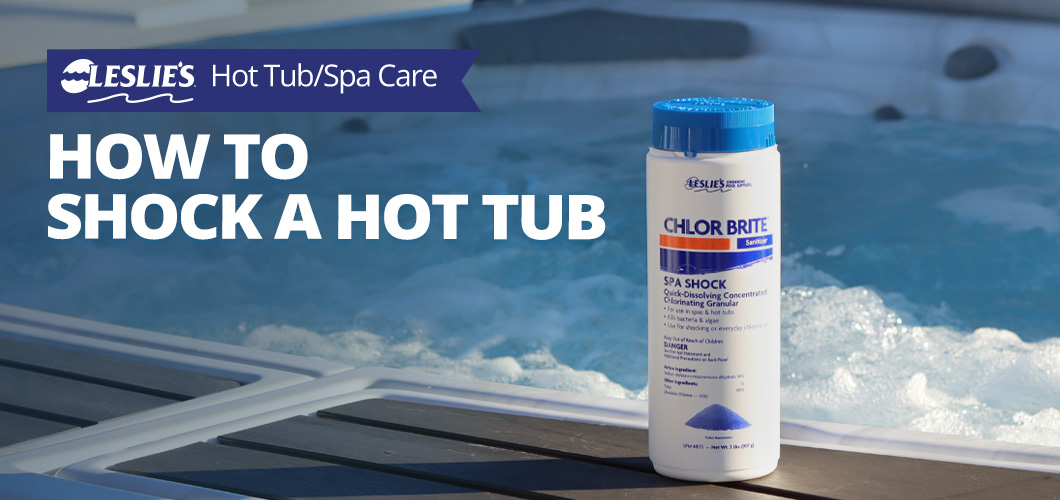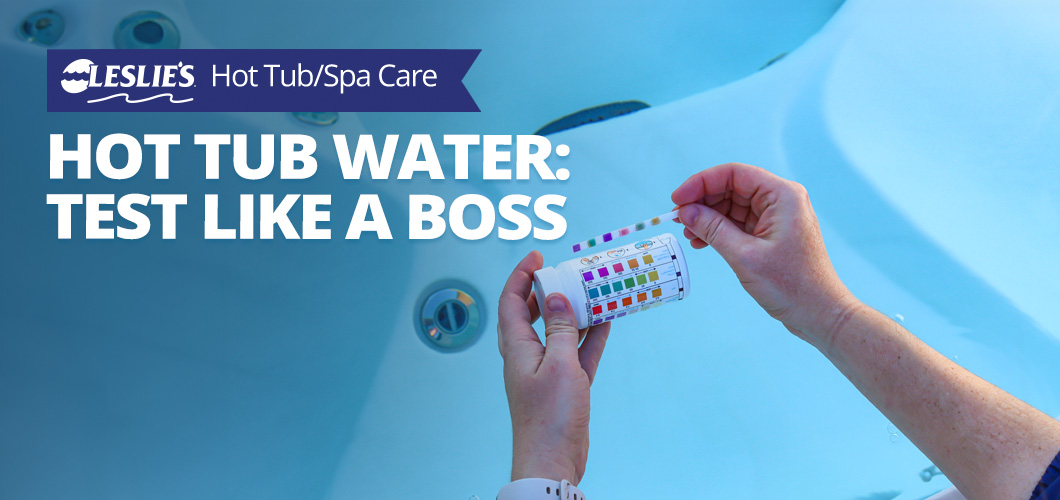If you’re looking for some alternate hot tub sanitizers, you’re in luck! There are three popular alternatives that help keep your hot tub clean and safe: ozonators, ultra violet light, and mineral purifiers.
Hot Tub Leak Repair Using Leak Sealer
In cases where there is no obvious puddle beneath an obvious drip, you may want to try a hot tub leak repair sealer. Leisure Time’s Leak Seal is the product for you!
Hard Water Issues in Spas and Hot Tubs
Hard water problems in hot tubs start when calcium begins to come out of solution, giving you frequently cloudy water and scale deposits on your spa.
Cloudy Hot Tub After Shocking
Getting cloudy water immediately after shocking your spa or hot tub is pretty common, and usually considered normal. After all, there are a lot of chemical reactions going on when you shock a spa!
Chlorine or Non-Chlorine Shock for Hot Tubs?
This post takes a look at the differences between two types of oxidizers used for spa shock treatments – Sodium DiChlor (chlorine granules) or MPS – Monopersulfate (chlorine-free). WHY SHOCK SPAS & HOT TUBS? Oxidizers are added to pools and spas to destroy pathogens like bacteria and viruses, and also organic contaminants that lead to algae […]
Bromine vs. Chlorine for Spas & Hot Tubs
If you have a spa, bromine has a lot of advantages over using chlorine. It may cost a little bit more, but it lasts longer and does a much better job than chlorine at killing bacteria, especially at high temperatures and high pH levels.
How to Shock a Hot Tub
Spa shock is an oxidizer that is used to destroy organic contaminants that have been able to escape normal daily sanitation.
Hot Tub Water: Test Like a Boss
Testing hot tub water regularly is important to avoid peaks and valleys of sanitation and water balance. Testing every day is not necessary unless your spa is used on a daily basis. Instead, test the water 2-3 times per week – more often if the spa is used frequently.
The Chlorine Free Spa – Is it Possible?
You can run your spa without chlorine OR bromine, and still have a safe and sanitary spa. It requires using some modified methods to make sure that pathogens don’t thrive, but it can be successfully done.
Spa Chemical Dosage Charts
This handy spa chemical dosage chart is easy to read, and can even be printed out and kept by your spa for a quick reference!









